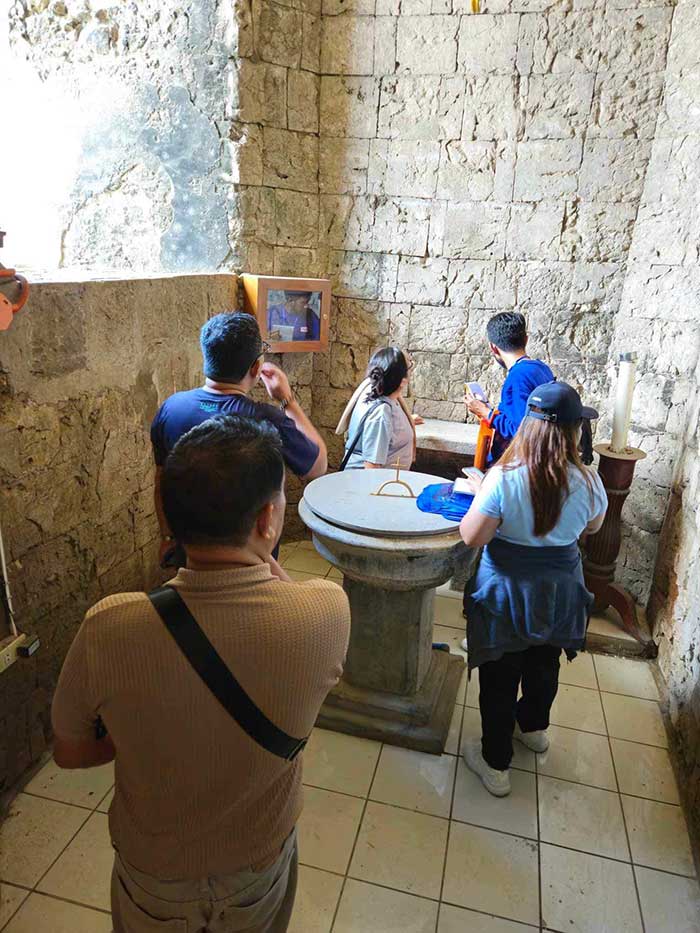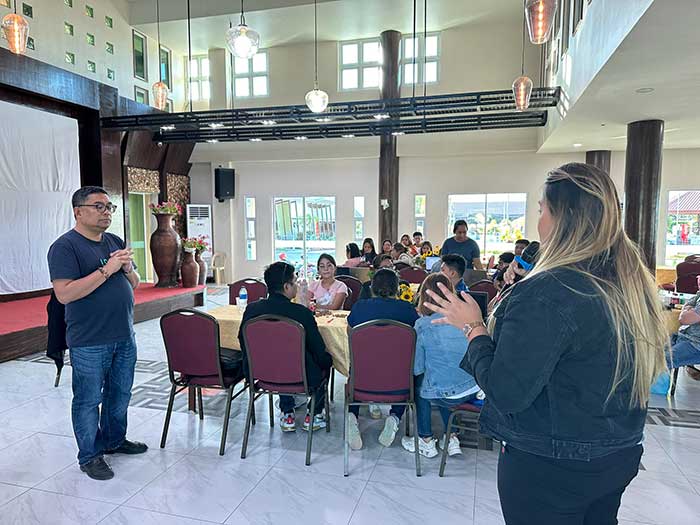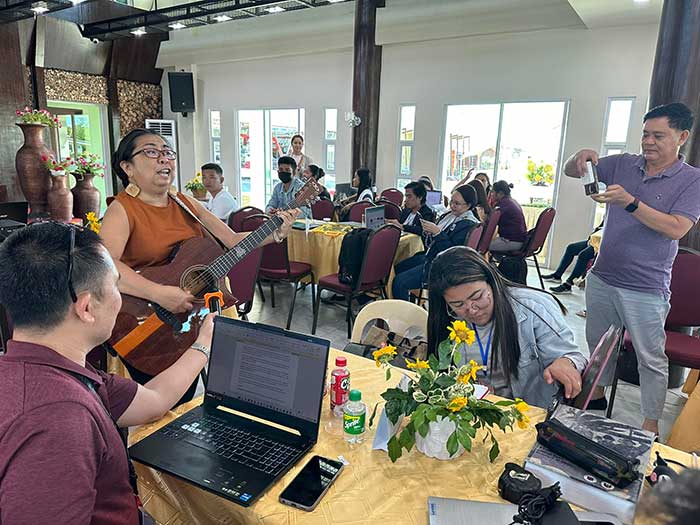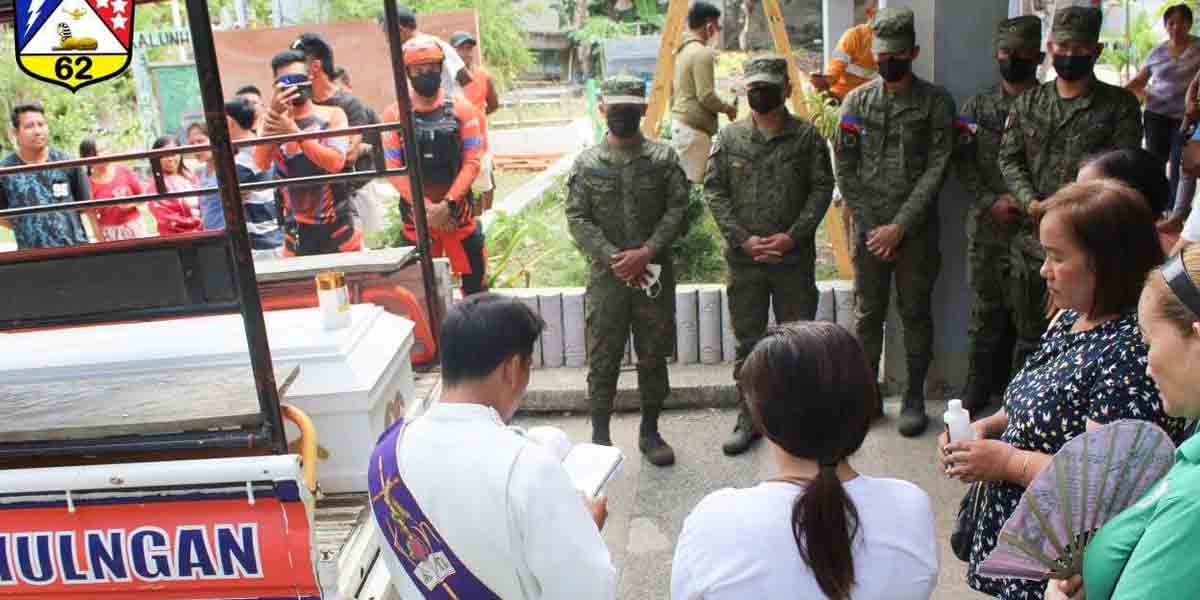This week marked a substantial advancement in cultural heritage preservation for the Third and Fourth Districts of Iloilo, as the Iloilo State University of Science and Technology (ISUST) wrapped up a detailed five-day cultural mapping training session.
The seminar, held at the Iloilo New Agri (INA) Farm in Barotac Nuevo, gathered 105 mappers poised to document heritage items and sites in the Fourth and Fifth Districts of Iloilo.
From March 4 to March 8, 2024, the workshop concluded with the successful completion of 121 heritage forms, evidencing the region’s rich cultural tapestry. This training is a cooperative effort between academia, local government units (LGUs), and government agencies, striving to establish a strong cultural preservation framework.
Prof. Genevieve Santorio-Palmares, the project leader from ISUST, highlighted the importance of teamwork in protecting cultural heritage.
“The collective efforts of academia, LGUs, and government institutions are crucial in preserving our cultural heritage. My sincere hope is for all LGUs to understand the value of Cultural Mapping and to develop and enforce policies for its practical use, ensuring our hard work is meaningful,” she said.
The training featured distinguished speakers and experts like NCCA Commissioner Arvin Manuel Villalon, Cultural Anthropologist Prof. Dennis Coronel, and NCCA Mapping Experts Prof. Ricamela Saturay Palis and Section Head Kevin Joshua Mejos, who shared their insights with the participants.
Commissioner Villalon underscored the significance of the mappers’ work.
“Heritage mapping reveals our identity and history, allowing it to be appreciated and conserved for the future. This initiative honors our diverse culture and landscapes, solidifying our heritage and enhancing our bond with our ancestry. It’s a testament to our unified pledge to protect our cultural legacy,” he said.
The completion of this workshop signifies a pivotal moment in the Cultural Mapping of Panay and Guimaras (CMPG) project.
Supported by President Pro Sen. Tempore Loren Legarda and implemented by the NCCA and the University of the Philippines Visayas (UPV), in collaboration with regional state universities, this initiative complies with Republic Act 1196, the Cultural Mapping Law, and sets an example for cultural preservation efforts throughout the country, demonstrating the importance of collaboration in protecting Philippine cultural heritage for posterity. (Text by Herman Lagon; Photos by Ricky Ramos, Bryan Araneta, Jezreel Donguila, Ricardo Paborada Jr, Irina Deocos, and Herman Lagon)

























